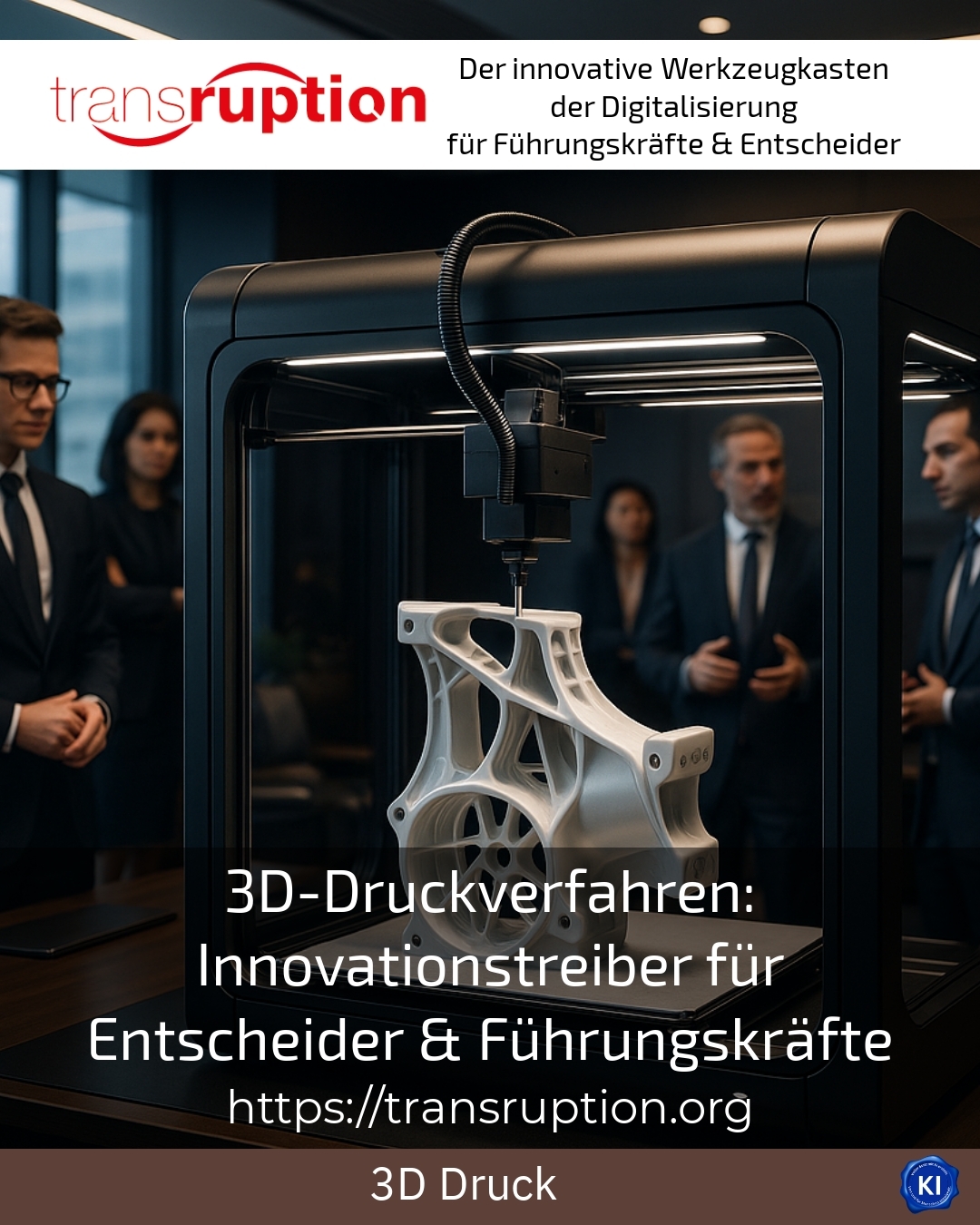The development of modern 3D printing processes is a significant driver of innovation for decision-makers and managers today. These additive manufacturing technologies are helping numerous industries to realise products faster, more flexibly and more cost-efficiently. In the dynamic world of industry, 3D printing processes not only enable the rapid production of complex components, but also open up new perspectives in product development and process optimisation.
Variety and application of 3D printing processes
The range of 3D printing processes is wide and includes different technologies that are used in different ways depending on the application. Fused deposition modelling (FDM), for example, is primarily used in prototype production and for small series. By layering thermoplastic filaments, robust and functional components are created. In the automotive industry, this can be used to quickly create tool holders or assembly aids.
Processes such as selective laser sintering (SLS) are also widely used, particularly for functional parts and complex geometries. An application example from medical technology shows how customised implants are manufactured with high precision. As SLS uses unsintered powder to support the component during printing, even intricate moulds can be produced without additional support structures.
Stereolithography (SLA) uses liquid resins that are hardened using a laser beam. This process impresses with its high precision and smooth surfaces and is often used in the jewellery and dental industry to create detailed models or small series.
Another remarkable process is material jetting, which allows several materials to be printed at the same time. This creates colourful, flexible or particularly detailed prototypes that can be used in product development for design studies, for example.
Practical examples from various industries
In the aerospace industry, 3D printing processes are used to produce components with complex internal structures that would be difficult or impossible to produce using conventional methods. This leads to considerable weight savings and therefore to more efficient aircraft.
In mechanical engineering, additive manufacturing offers faster iterations in the development process. This allows a machine manufacturer to print spare parts or customised devices for production at short notice and flexibly - without long delivery times and high storage costs.
3D printing processes also enable personalised products in the consumer goods industry, such as customised sports shoes or individually designed pieces of jewellery. This creates customer loyalty through special product features and small print runs with a high degree of design freedom.
BEST PRACTICE at the customer (name hidden due to NDA contract) and then the example in at least 50 words. The company used 3D printing processes to produce complex medical technology prototypes in a short space of time. Thanks to fast iterations and precise manufacturing, the team was able to save valuable development resources and bring the product to market faster.
Important criteria for selecting the right 3D printing process
Decision-makers should consider various factors when selecting suitable 3D printing processes. These include
- Material properties and compatibility with the desired component
- Geometric complexity and required level of detail
- Surface quality and finishing effort
- Cost factors including machine and material costs
- Quantity - from one-off production to small series
For example, FDM processes are particularly suitable for low-cost functional components made from standard plastics, while SLS or DMLS are favoured for more technically demanding metal parts. In innovation projects, 3D printing processes support the rapid realisation of prototypes, which shortens development cycles and accelerates market launches.
3D printing process as a companion for managers and project managers
Managers often face challenges such as long development times or high production costs for customised or complex components. This is where 3D printing processes provide impetus to support innovative solutions. transruptions coaching supports decision-makers in selecting the right technologies, establishing suitable processes and thus successfully managing projects.
Customers often report that they have been able to reach important milestones more quickly thanks to targeted support during the implementation of 3D printing processes. The sustainable integration of additive manufacturing into existing production processes also helps to expand competitive advantages and respond flexibly to market requirements.
BEST PRACTICE at the customer (name hidden due to NDA contract) and then the example in at least 50 words. Through supportive coaching, a mechanical engineering company was able to significantly increase internal acceptance of 3D printing processes. The employees learnt how the technology can be integrated into the workflow and how development times can be reduced by up to 30 percent.
My analysis
3D printing processes are increasingly becoming a real driver of innovation, opening up a wide range of opportunities for decision-makers and managers. The variety of technologies means that individual requirements can be met flexibly and in a resource-saving manner. The combination of rapid prototype development, complex geometry and cost-efficient production supports competitiveness in many industries.
Dedicated support during the introduction of these processes helps to optimally utilise technological potential and successfully implement strategic projects. For management and project managers, 3D printing processes therefore offer a valuable key to actively shaping innovation processes and opening up new product worlds.
Further links from the text above:
What types of 3D printers are there?
What types of 3D printing are there? - 3Dmensionals
For more information and if you have any questions, please contact Contact us or read more blog posts on the topic TRANSRUPTION here.
















